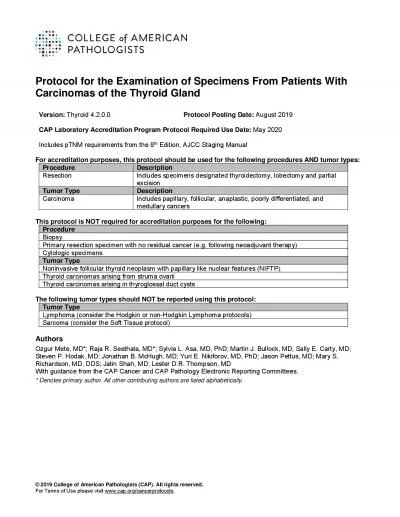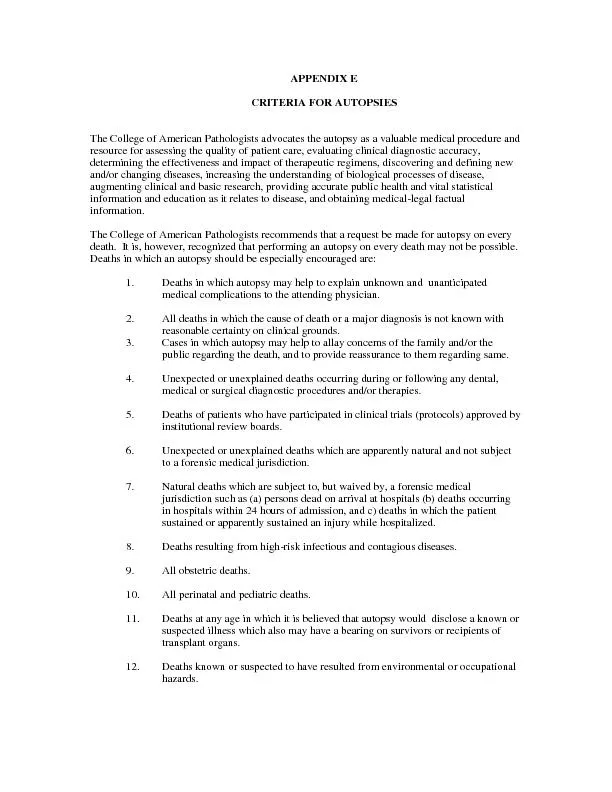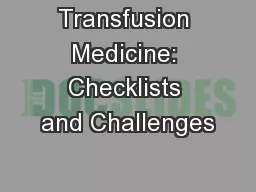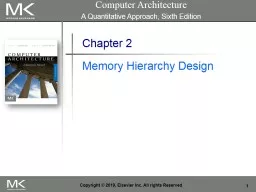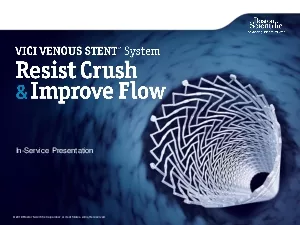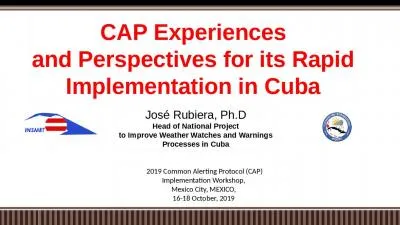PDF-2019 College of American Pathologists CAP All rights reservedFor
Author : ashley | Published Date : 2022-10-11
Protocol for the Examination of Specimens From Patients With Carcinomas of the Thyroid Gland V Protocol Postin g Date A u ust 2019CAP Laborator y Accreditation Pro g ram
Presentation Embed Code
Download Presentation
Download Presentation The PPT/PDF document "2019 College of American Pathologists CA..." is the property of its rightful owner. Permission is granted to download and print the materials on this website for personal, non-commercial use only, and to display it on your personal computer provided you do not modify the materials and that you retain all copyright notices contained in the materials. By downloading content from our website, you accept the terms of this agreement.
2019 College of American Pathologists CAP All rights reservedFor: Transcript
Download Rules Of Document
"2019 College of American Pathologists CAP All rights reservedFor"The content belongs to its owner. You may download and print it for personal use, without modification, and keep all copyright notices. By downloading, you agree to these terms.
Related Documents

